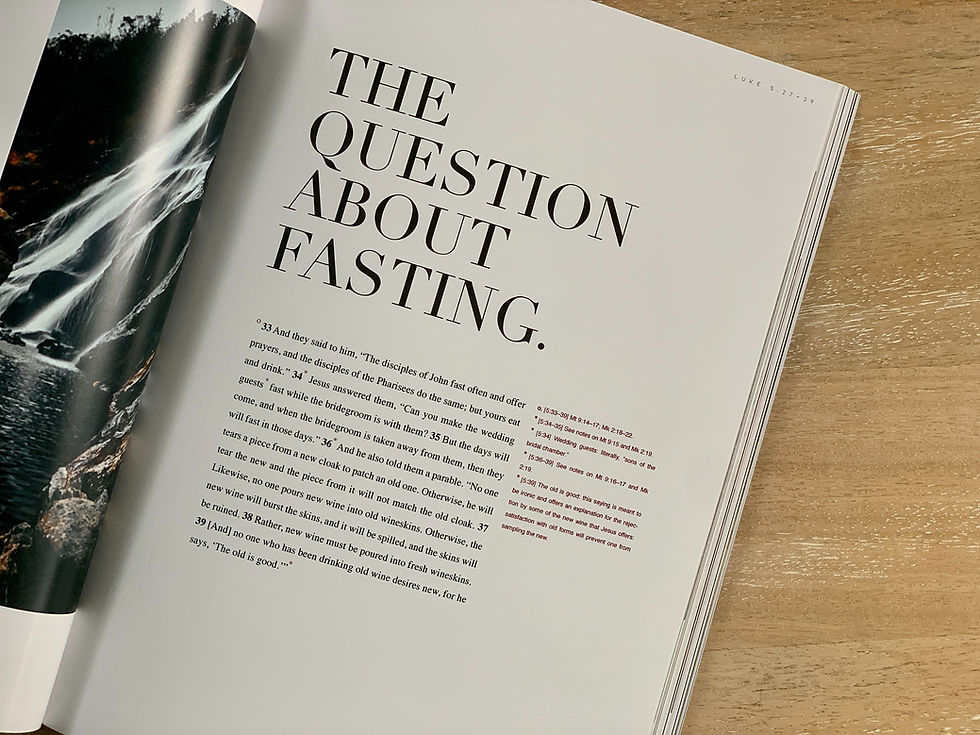The most important factor in losing fat and thereby decreasing body weight, is being in an energy deficit. Intermittent fasting (IF) is a fantastic way to ensure you are in a caloric deficit at the end of each week. Intermittent fasting requires a sustained period of fasting followed by an eating window to consume your calories for the day. There are many different types of intermittent fasting but the premise is the same. A fast will occur for a set number of hours or the amount of energy consumed will be significantly reduced into 1-2 meals per day.
The two types of IF that work well with new clients are the 16:8 method and the 5:2 method. These are easier to follow as at no stage does the fast last longer than 16 hrs. For a new person to do a 24 hour fast can be too mentally and physically challenging. The warrior diet may also work well but can seem extreme eating only a small serving raw fruits and vegetables during the day and a large meal at night.

What do these three all have in common? A huge caloric deficit! Sustained fat loss will not occur unless you are in an energy deficit. The macro nutrient ratio, timing, micronutrient content, and supplements are all contributing factors to maximise fat loss but the energy deficit is the major factor in ensuring fat loss. Intermittent fasting is a great way to significantly reduce you caloric intake but will require discipline. There is no point in fasting for 16 hours and then eat as much as humanly possible.
16:8 Method - 20:4 method
This method will give the faster an 8 hour window to eat their calories for the day. For instance, 12pm - 8pm all calories should be consumed, and no eating or drinking calorie containing fluids until 12pm the next day. It is important to note that the faster should continue to consume their regular diet in the eating window and not gorge themselves on extra large meals, if having trouble understanding how much to eat speak to a professional.
This method can be advanced to a 20 hour fast and 4 hour window but will require much greater discipline but also yield great results. The key is to understand how many calories your body needs, and adjusting to a lower total daily caloric intake will require greater discipline and your body getting used to being hungry during the first one to two weeks. Just because you have fasted for your 16 hr windows does not mean you can eat whatever you like in the window. Stick to the 90/10 fat loss rule (see below), and watch the fat disappear.
5:2 Method
This method requires the individual to only eat 500 - 1000 cals (depending on the starting weight of the individual) per day twice per week. The individual eats normally five days per week. This method gives the individual a little more wiggle room as five days a week there are no restrictions and their normal diet should be consumed. The two fasted days will be significantly harder as hunger will be much higher. The person is allowed to consume the calories over the day however they like although I would recommend not snacking and consuming in only one meal as the discipline required to have three low calories meals will make it very challenging.
Both of these methods will produce a large energy deficit by weeks end (ideally ~ 3500 cals total deficit depending on the starting weight of the individual). The 90/10 rule should be adhered to for the eating windows. Consuming 90% of whole foods, with adequate amount of fruits and vegetables and only eating unhealthy processed foods or takeouts 10% of the time. Following this simple structure for 6-12 weeks will result in significant fat loss and healthier eating habits.

An important factor to note is once the goal has been achieved, fasting can still play a regulatory role in weight management. Often clients achieve their goals and assume their body will just stay at the same weight. Weight loss can be challenging enough, but more discipline will be required to maintain the new weight. A set point is the weight your body will try to naturally maintain and have your satiety levels set to. Ie you might drop to 77kg but resuming your normal diet (and a calorie surplus) will cause your body to bounce back to 83kg. So not only do you have to change your eating habits but also get your body used to eating less. This period usually takes time, from anywhere between 12-18 months, hence why so many people struggle to keep the extra fat lost off.
Comments